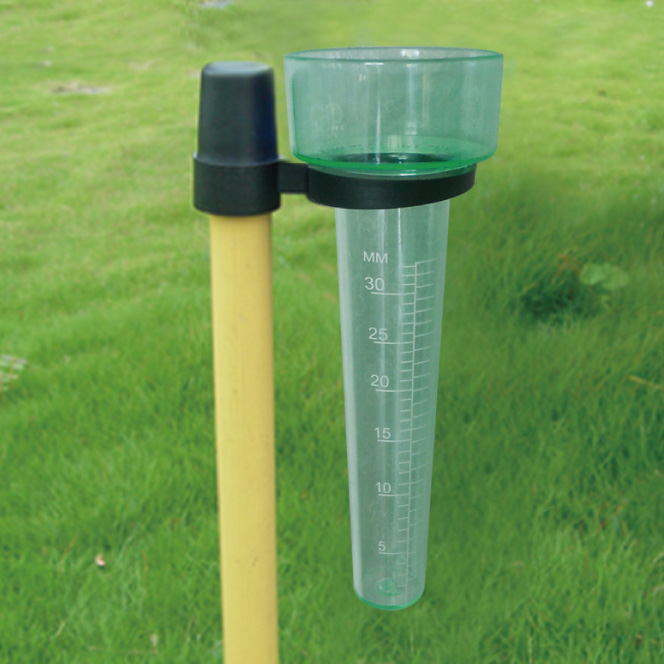The Rain Gauge: A Comprehensive Guide to Accurate Weather Dimension
Wiki Article
DIY Rainfall Scale: Easy Actions to Make Your Own
Producing your very own DIY rain scale is a effective and easy way to measure and videotape rainfall. With just a few common products and some basic actions, you can quickly construct your very own rainfall scale at home. Allow's get started on making your DIY rainfall scale today!Gather Products
To start building your DIY rainfall scale, gather all the needed products using a detailed checklist of products. Having the right materials available will ensure the successful production of your rainfall scale and enable precise measurements of rains. You will need a clear plastic container or cylinder, such as a plastic container or jar. Ensure the container is clear so that you can conveniently see the water degree inside. Next, you will certainly need a ruler or gauging tape to mark the increments on the container. This will allow you to determine the quantity of rains accurately. Additionally, you will need a long-term pen or water resistant tape to mark the measurements on the container. This will certainly make certain that the markings continue to be noticeable also when exposed to rain. Finally, you will certainly need a strong base or stake to firmly hold your rainfall gauge in area. This can be a wood or steel risk that can be placed into the ground or a durable flat surface area to give stability. Gathering these materials beforehand will certainly improve the building and construction procedure and guarantee that you have every little thing you require to produce your own do it yourself rainfall scale.Prepare the Container

Mark the Dimension Increments
To properly gauge the amount of rainfall, properly marking the dimension increments on your do it yourself rain gauge is important. Without accurate and clear markings, it would be hard to establish the precise amount of rains gathered in your rain scale. Right here are the actions to mark the measurement increments on your rainfall scale.The most usual systems for determining rains are inches and millimeters. When you have actually selected the system, use a permanent marker or waterproof paint to mark the increments on the side of your rainfall gauge.
When noting the increments, it is vital to guarantee that they are uniformly spaced and plainly visible. Make use of a ruler or gauging tape to ensure accuracy and consistency. Furthermore, make Get More Information certain that the markings are immune to fading or rubbing off, as direct exposure to the elements may create them to wear away gradually.
Place the Rainfall Gauge Outdoors
The rain scale need to be put outdoors to accurately accumulate rainfall data. The area picked for the rainfall gauge need to be open and cost-free from any type of blockages that can possibly influence the measurement of rains. The Rain Gauge.Furthermore, it is vital to position the rain gauge on a secure surface area, such as a degree ground or a tough post. This will avoid any activity or tilting of the scale, which could lead to imprecise measurements. It is likewise recommended to avoid putting the scale near any sources of man-made water, such as lawn sprinklers or drainage systems, as this could disrupt the precision of the measurements.
Screen and Document Rain Data
Normal surveillance and recording of rains data is crucial for accurate data analysis and analysis. By maintaining track of rains measurements, you can acquire important understandings into weather patterns, environment fads, and water resource monitoring. To properly keep an eye on and record rains data, it is very important to establish a regular and keep regular practices.Firstly, make certain that your rain scale is positioned in an open location away from challenges such as trees or structures that may obstruct rainfall. Additionally, ensure the rainfall gauge is level and safely anchored to protect against any type of activity that might affect the accuracy of the dimensions.

When tape-recording the rains information, it is essential to keep in mind the date and time of each dimension. Utilize a leader YOURURL.com or a gauging stay with figure out the rainfall depth in the rainfall gauge, and record this information precisely.
To make sure internet the accuracy of the measurements, it is recommended to empty the rainfall gauge after each recording. This will avoid any kind of overflow or dissipation from affecting subsequent dimensions.
Conclusion
Finally, creating a DIY rainfall gauge is a practical and easy means to check and videotape rains information (The Rain Gauge). By complying with the steps laid out in this short article, you can quickly gather products, prepare the container, note the measurement increments, and position the rain gauge outdoors. Routinely checking and tape-recording rainfall data can offer valuable information for numerous functionsHaving the appropriate materials on hand will certainly ensure the effective production of your rain scale and allow for precise dimensions of rainfall.To precisely gauge the amount of rains, precisely noting the measurement increments on your Do it yourself rain scale is essential.The rain gauge need to be put outdoors to precisely gather rainfall data. The area picked for the rainfall scale must be totally free and open from any type of blockages that might potentially influence the measurement of rains.In final thought, creating a DIY rain gauge is a straightforward and practical means to check and tape rains information.
Report this wiki page